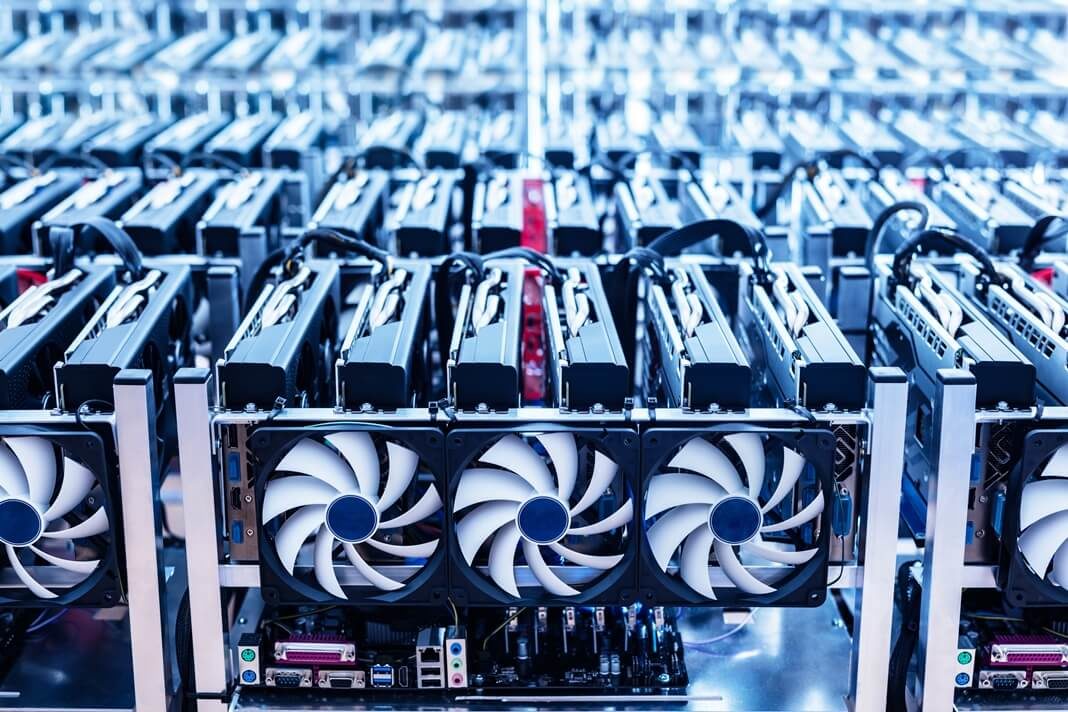Proof-of-Work Still Legal in EU After Parliament Vote

Proof-of-work coins like Bitcoin (BTC) and most major crypto assets can still propagate freely in the European Union. A recent text proposal sought to add specific measures against PoW into the next Markets in Crypto Assets framework of the European Union.
However, the addition of the specific text was voted down by a European Parliament commission. In any case, it would have taken a longer time to ban PoW and its reliant assets, by turning the bill into enforced regulations. Now, the Eurozone remains one of the more liberal locations for trading all forms of crypto assets.
EU residents can also access Binance International, which is closed for US-based traders. Kraken and Bitpanda remain one of the more reliable tools to move from crypto to fiat and vice versa. The SEPA transactions accepted are also one of the benefits of EU traders, after Binance recently renewed deposits in GBP and EUR.
Why PoW Gets Criticism
The main argument is that mining, or hashing, is an energy-intensive activity that uses enough electricity each year to drive an economy the size of Austria. The Bitcoin network is indeed large, but it also relies on renewable sources, mostly hydroelectric power.
Bitcoin mining is currently extremely lucrative, even at relatively high electricity prices. This has led to an expansion of hashrate to record levels. In the past six months, miners also moved to the US, seeking out reliable sources of electricity.
Mining also leaves electronic waste for old rigs and other equipment. It is viewed as too carbon-intensive, even for smaller networks like Ethereum.
Why Banning PoW will Affect the Whole Crypto Economy
Banning PoW would affect mostly the Bitcoin network, but also Ethereum. The Ethereum network hosts multiple side projects and side contracts, and may continue for years with at least a mining component.
Even some proof-of-stake networks like Polygon use Ethereum to log some of their transactions.
Banning PoW coins is also a problem for long-term holders, who may need to find other ways to cash out. At this point, it is not feasible to look for wallet holders, as they do not add to the load of the Bitcoin network.
What Happens in Case of a Ban
The ban of mining in one Chinese province in May 2021 actually led to a healthier distribution of nodes and miners.
The Bitcoin network also expanded from around 10,000 nodes in 2020 to around 15,000 nodes. The Lightning Network also kept growing, holding more than 3,000 BTC.
Overall, the Chinese ban did not succeed in hindering BTC mining and was a stress-test for the network. Additionally, BTC could exist even with a lower hashrate, or as a distributed network in other regions.
Nodes or Lightning Network nodes are another element that is not so energy-intensive, and in fact uses regular Internet infrastructure.
Another workaround is that BTC can also be wrapped in various protocols, and be sent out in token form for swaps or trading.
BTC Price Remains Unmoved by EU Threat
The BTC market price has remained relatively unfazed by the recent text attempting to ban PoW coins.
BTC slid toward $38,700 on other factors signaling a continued bear market. For now, BTC stalls under the $42,000 level, still waiting for more accumulation and an eventual bullish move.
ETH is down to the $2,500 range and is losing dominance to other altcoins. The network has now locked more than 10M tokens in the ETH 2.0 smart contract, with no clear deadline of ETH 2.0 or a complete move to proof-of-stake.
In March 2022, most of the newly acquired coins are at a lost, as revealed by Glassnode data.
However, the potential for a rapid turn, as in previous months, adds to the expectation of holding the coins instead of selling.
Accumulation continues, despite extreme predictions of BTC falling again to the $20,000 range or even lower. BTC remains more resilient, and the biggest price swings come against concerted attacks against leveraged positions. At the same time, the spot market shows strong demand, with more BTC taken off exchanges in the past few weeks.
Alternative Networks Still Strong
The advancements of alternative networks continue in 2022. ThorChain (RUNE) continued its rally, adding another 20% overnight to above $7.50.
Other blockchains like Waves (WAVES) and Terra (LUNA) also ran hot recently, boosted by the promise of building a wider DeFi system of exchanges and passive income tools.
The alternative networks rely on a series of validators that do not perform energy-intensive tasks, but coordinate using regular Internet connectivity. Those networks keep gaining traction, but are yet to displace the market influence of BTC.
While altcoins are grabbing a greater share, each individual asset and network are still small and at risk for higher volatility and low liquidity.

Uphold makes buying crypto with popular currencies like USD, EUR and GBP very simple with its convenient options to swap between crypto, fiat, equities, and precious metals.

With over 50 coins and an obsession with security, Kraken is one of the safest places to buy and trade crypto.

Kraken has a good reputation for security and protection of your funds and operates across the USA (except NY), Canada, the EU and Japan

Based in Charleston, South Carolina. Serves over 184 countries and has done over $4 billion in transactions. Offers convenient options to swap between crypto, fiat, equities, and precious metals.

Crypto investment remains unpredictable and risky, but good practices can save you from many of the potential pitfalls.

What is cryptocurency? What gives it value? How do you buy and store it? Beginners questions answered in plain English.

The leader in programmable money, smart contracts and decentralised applications. There have been many copycats but none have the community and level of adoption.

An early alternative to Bitcoin, LTC aimed to be a coin for easy, fast, low-fee spending. LTC offers a faster block time and a higher transaction capacity in comparison to Bitcoin.